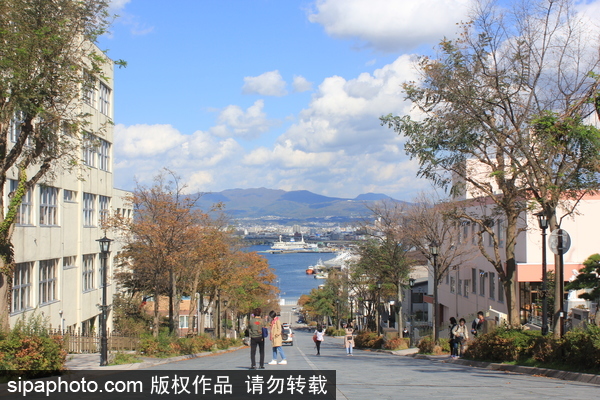Discover Nara's Top Attractions: A Journey Through Culture, Nature, and History
Guide or Summary:Nara ParkIsuien GardenAsuka Archaeological MuseumShitenno-ji TempleYoshikawa CastleTomb of Emperor SagaNara National MuseumWakamatsu Castle……
Guide or Summary:
- Nara Park
- Isuien Garden
- Asuka Archaeological Museum
- Shitenno-ji Temple
- Yoshikawa Castle
- Tomb of Emperor Saga
- Nara National Museum
- Wakamatsu Castle
Nara Park
Nara Park is a must-visit destination in Nara, Japan. This expansive green space is home to over 1,000 free-roaming deer that roam the park, making it one of the most unique experiences in Japan. The park is also home to several historic sites, including the Todai-ji Temple, which houses the world's largest bronze Buddha statue. The park's natural beauty, rich history, and unique wildlife make it a must-see attraction in Nara.
Isuien Garden
Isuien Garden is a beautiful example of Japanese garden design, featuring a series of interconnected ponds, bridges, and walking paths. The garden is known for its meticulous landscaping and seasonal beauty, with cherry blossoms in the spring and colorful foliage in the autumn. Visitors can enjoy a peaceful stroll through the garden, taking in the serene beauty of the surroundings.

Asuka Archaeological Museum
The Asuka Archaeological Museum is dedicated to the history and culture of the Asuka period, which lasted from the 6th to the 8th century. The museum features a wide range of artifacts, including pottery, weapons, and jewelry, as well as informative displays and reconstructions of ancient buildings. The museum provides a fascinating glimpse into the history of Japan and the Asuka period in particular.
Shitenno-ji Temple
Shitenno-ji Temple is one of the oldest temples in Japan, dating back to the 6th century. The temple complex includes several buildings, including the main hall, which houses a statue of the four heavenly kings. Visitors can also explore the temple's beautiful gardens and surrounding forest, which are home to a variety of wildlife, including deer and wild boar.
Yoshikawa Castle
Yoshikawa Castle is a well-preserved example of a medieval castle, featuring several impressive structures, including the main keep, watchtowers, and gates. The castle was built in the 16th century and played an important role in the history of Japan. Visitors can explore the castle grounds, which offer stunning views of the surrounding area, and learn about the history of the castle and the samurai who once defended it.

Tomb of Emperor Saga
The Tomb of Emperor Saga is a historic site located near Nara Park. The tomb was built in the 8th century and is the final resting place of Emperor Saga, who ruled Japan from 701 to 761. The tomb is surrounded by a beautiful garden and is a popular destination for history buffs and visitors interested in Japanese culture.
Nara National Museum
The Nara National Museum is dedicated to the history and culture of Japan, featuring a wide range of artifacts and exhibits. The museum's collection includes pottery, textiles, and artwork from various periods in Japan's history, as well as displays on the country's traditional crafts and customs. The museum also features a range of temporary exhibitions, providing visitors with a deeper understanding of Japan's rich cultural heritage.
Wakamatsu Castle
Wakamatsu Castle is a well-preserved example of a castle from the Edo period. The castle was built in the 17th century and was once the residence of the Tokugawa shogunate. Visitors can explore the castle grounds, which offer stunning views of the surrounding area, and learn about the history of the castle and the Tokugawa shogunate.

In conclusion, Nara is a city rich in culture, history, and natural beauty. From the ancient temples and historic sites to the beautiful gardens and unique wildlife, there is something for everyone to enjoy in Nara. Whether you are interested in history, culture, or nature, Nara's top attractions are sure to provide a memorable and enriching experience.